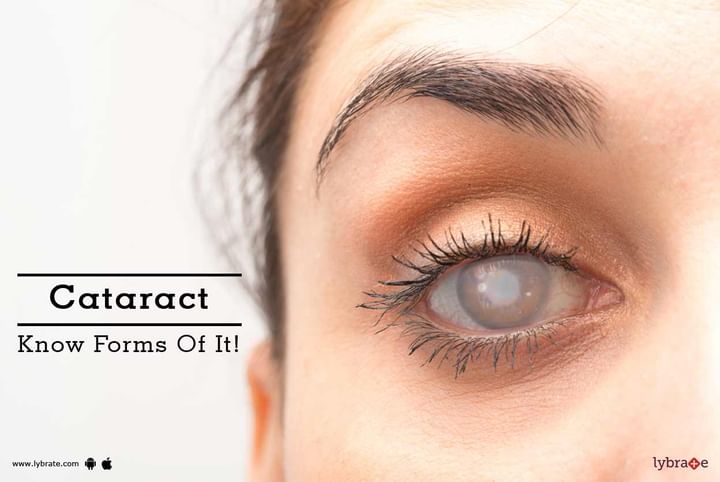Cataract - Know Forms Of It!
One of the most common ailments that affect elders the most is a cataract. Cataract develops gradually and can occur in one or both eyes and if not treated in time can cause blindness. Most cataracts are not visible to the naked eye, but in some cases, a dense cataract can make the pupil appear white. A cataract can be defined as a dense, cloudy build-up of protein masses on the eye lens. This obstructs the light falling on the retina and does not allow the retina to form a clear image.
Advancing in age is one of the most common causes of cataracts. Along with this, there are several other factors that play a role in the development of cataracts as well. These include smoking, exposure to ultraviolet radiation, long term use of steroids, trauma, radiation therapy and diabetes. Anything that triggers an overproduction of chemically altered oxygen molecules in the body can increase your risk of suffering from this condition. Hypertension and a family history of cataracts can also put you at a higher risk of developing cataracts. Poor nutrition or a diet that is deficient in antioxidants can also put you at high risk of suffering from this condition.
Cataracts can be categorized on the basis of where and how they develop in the eye. This categorization is based on location:
- Nuclear Cataract: These develop in the middle of the lens and turn the center of the eye yellow. Nuclear cataracts are typically associated with aging.
- Cortical cataract: These develop around the edges of the nucleus and are wedge-shaped. Gradually, spokes emitted from these wedges work themselves towards the center of the eye.
- Posterior capsular cataract: These are among faster-growing cataracts and develop at the back of the lens. They are also known as subcapsular cataracts. Cataracts triggered by diabetes or the prolonged use of steroids usually fall in this category.
Categorization based on how they develop:
- Congenital cataract: These are present at birth or develop within the first year of a baby's life. Congenital cataracts are rare.
- Secondary cataract: These are triggered as a side effect of medications or diseases like glaucoma and diabetes. Prolonged use of steroids like prednisone can also lead to the development of such cataracts.
- Traumatic cataract: Cataract that is developed as a result of an injury to the eye is known as traumatic cataracts. They have a very slow rate of development.
- Radiation cataract: It develops as a side effect of radiation therapy used to treat cancer.



+1.svg)
